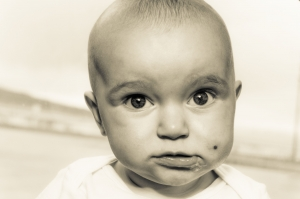What brain imaging research will bring in the future

As research progresses, we gain clearer answers to the two questions of how the brain works and what is different about the brain of a person with ASD. Ultimately, we want to look forward and see how this understanding may help to improve the life of a person with ASD. Given what we know today, it is likely that brain imaging studies will help those with ASD in two ways.
Enabling a diagnosis of ASD at a younger age

There is growing evidence that behavioral therapy in young children with ASD can significantly improve behavioral outcomes. Currently, it appears that the earlier therapy is started, the stronger and more lasting the effect. However, therapy is expensive and time-intensive, so it cannot be performed unless it is very likely that the child has ASD. Therefore, there is an intense desire in the research community to be able to diagnose ASD as early as possible. (There have already been contentious reports suggesting the ability to diagnose ASD in an unborn fetus.)
Brain imaging studies are aimed at describing differences in brain structure and function in people with ASD. When the findings from brain imaging studies are put together, it should be possible to build a signature (or biomarker) of what the brain of a person with ASD looks like. When such a signature is known, it may be possible to non-invasively measure the brains of children who are too young to be diagnosed using current methods.
Providing individualized therapies

Autism Spectrum Disorder (ASD) includes an entire spectrum of disorders, which are related to one another by a few common behavioral features. However, it is possible that any one individual with ASD will not share any traits with another individual with ASD. Practically speaking, it has been found that one type of therapy may be very productive for one person but completely useless for another person. Therefore, there is a desire to identify the optimal (or even any appropriate) type of therapy to use for a specific person with ASD.
Currently, diagnosis of ASD is based entirely on behavior, and nothing else. Consequently, there are few groupings within this disorder, and no information is available that would be useful for selecting an appropriate type of therapy. It is hoped that the combined results of brain imaging studies will provide a way to subdivide people with ASD on the basis of brain structure and function. It is hoped that these brain-based groupings will provide the needed information about which type of therapy would be the best choice for each individual with ASD.

